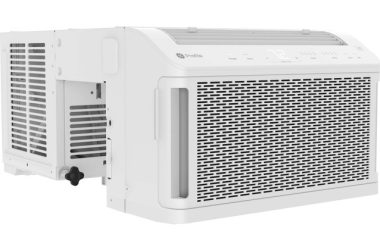The ozone layer is a layer of a gas called ozone in the stratosphere, which inhibits the transmission of ultraviolet light/radiation to the surface of the earth. The ozone layer is important to life on earth because it protects it from ultraviolet radiation, which breaks down DNA.
Air Conditioning and Refrigeration
Air conditioning and refrigeration systems compress and expand gases called refrigerants to transfer heat from one place to another. Some of the refrigerants used have an ozone depletion potential, meaning that they damage the ozone layer.
Below is a list of refrigerants and their ozone depletion potential as well as other details:
GWP = Global Warming Potential over a 100 year period. ODP = Ozone Depletion Potential.
- R-22: ODP: 0.034. GWP: 1780.
According to the EPA Homeowners FAQ: In the United States, R22 cannot be manufactured after 2020 and new air conditioners can no longer be manufactured using R22. List of acceptable replacements. Please note that the list of acceptable replacements is not “drop in”.
- R-134A: ODP: ~0.0. GWP: 1320.
- R-407C: ODP: ~0.0. GWP: 1700.
- R-407E: ODP: ~0.0. GWP: 1400.
- R-410A: ODP: ~0.0. GWP: 2000.
- R-290/Propane: ODP: 0.0. GWP: ~20.
- R-717/Ammonia: ODP: 0.0. GWP <1.
- R744/Carbon Dioxide (CO2): ODP: 0.0. GWP: 1.
- R-32: ODP: ~0.0. GWP: 543.
About Carbon Dioxide: You may have thought “but carbon dioxide is a greenhouse gas that causes global warming, why risk releasing even more of it into the atmosphere?”. The lesser of two evils has to be chosen, and carbon dioxide has a significantly lower global warming potential than R22. The global warming potential (GWP) of R22 is 1700 times greater than that of carbon dioxide, also remember that the direct carbon dioxide emissions of refrigeration and air conditioning systems is very minute compared to that of combustion processes.
Source: PDF File: National Institute of Standards and Technology




